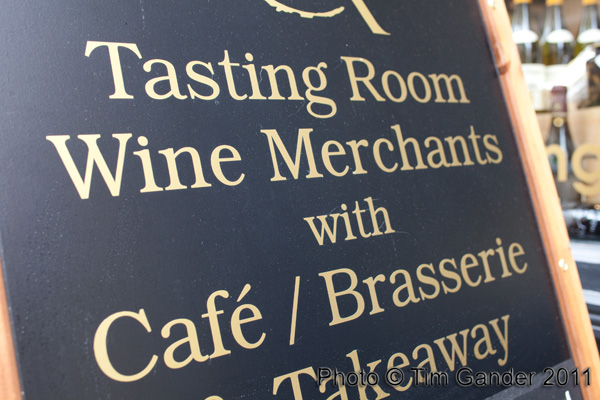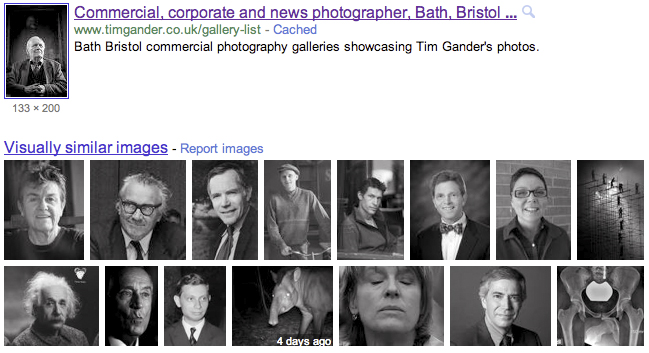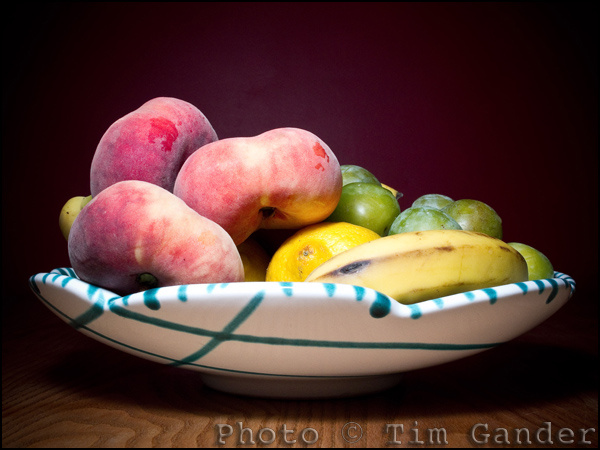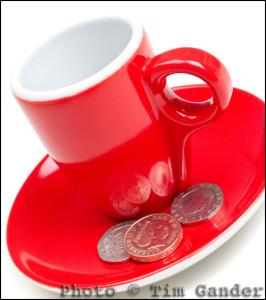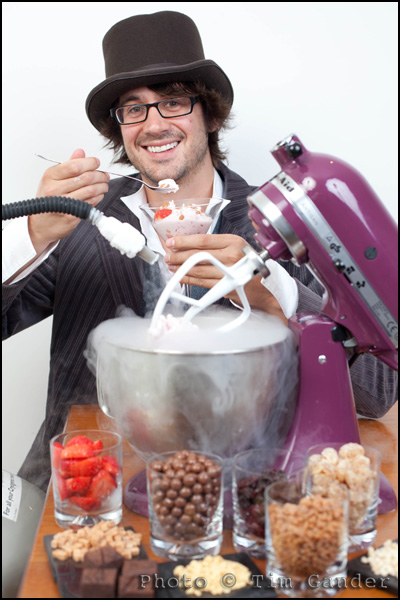They do say you should never meet your idols as you risk bitter disappointment, and so it was for me this morning.
Before I proceed I should state that I don’t do equipment reviews, and in the purest sense of reviews, this isn’t one. What it is is a rushed, cursory look at a lens I’ve fancied for a while.
There are no colour or distortion charts for you to geek over, no tests at all f-stops and all focusing distances, just a couple of random snaps as I only had about 10 minutes with the lens in rather dull light this morning.
So maybe this is unfair, but some issues cropped up that I wouldn’t normally expect, and now I’m gutted that my “idol” lens, the Zeiss Distagon T* 35mm f2, isn’t the T-star I’d expected.
I’ve posted up some fairly high-res images for you to look at to illustrate my points, but suffice to say I think in this case the price reflects the name, not the quality.
Don’t get me wrong, it’s a lovely lens to handle once you get used to the quite heavily-damped focus ring (no autofocus of course), and it looks the dog’s vegetables with it’s sexy black alloy barrel and all, but at around £880-£920 I’d expect far better optical performance.
I was using this one on a 5D MKII, and maybe the lens performs much better on a cropped sensor camera, but then at f2 you could get a cheaper 35mm lens from Canon and just do away with the pose value and probably get better image quality, which is what really matters.
Maybe I’ve misunderstood the Zeiss concept, and as I’ve already hinted this is a deeply flawed “review”, but having tried this lens even briefly, I think I’ll just be saving a bit longer to get the Canon 35mm f1.4 lens instead. Not that I’ve tried it yet. At just over £1,000, I bet it’s dreadful.

